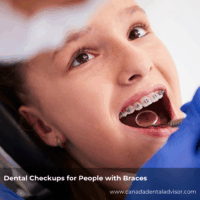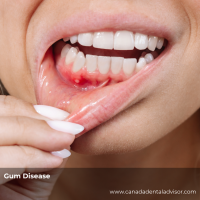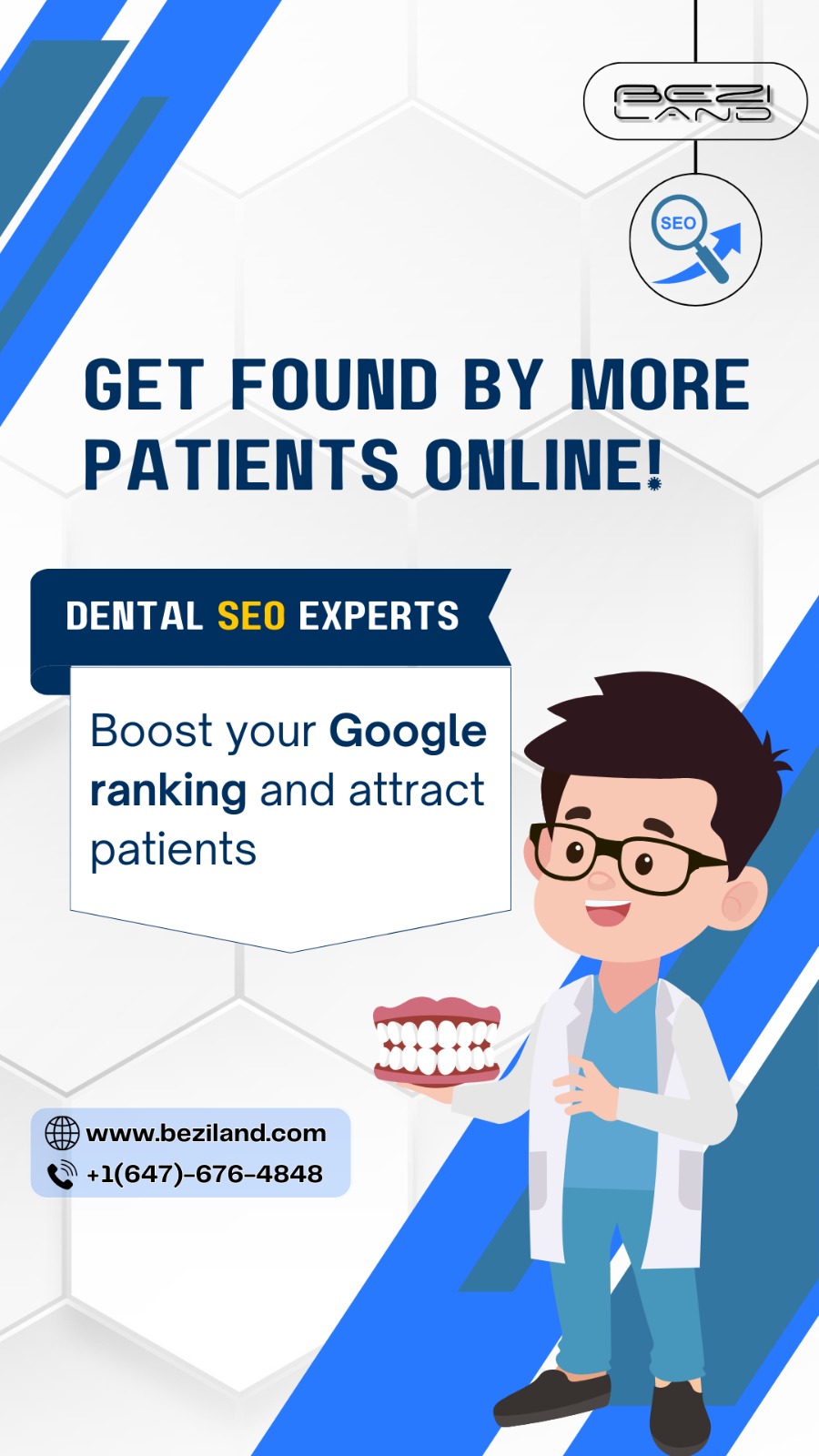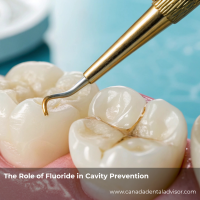 Not Just About Age – Why Timing Matters
Not Just About Age – Why Timing Matters
Many parents wonder, “Is 10 too early? Is 14 too late?” The truth is—it depends.
-
Early evaluation (around ages 7–9): Allows orthodontists to spot developing bite issues before they worsen. This is called Phase I or interceptive treatment.
-
Traditional timing (ages 11–14): Most of the permanent teeth are in place, making it easier to align them efficiently.
-
Later treatment (teen years): Still effective, especially when aligned with personal readiness and oral health status.
Emma’s Journey
At her first evaluation at age 9, Emma’s orthodontist noticed her upper jaw growing faster than her lower. Instead of jumping straight into braces, they created a two-phase plan:
-
Phase I: A removable expander to give her jaw room.
-
Phase II: Braces once all adult teeth had come in.
This plan let us capitalize on growth while keeping treatment durations shorter and more comfortable.
Why Individualized Care Plans Work
1. Better Treatment Outcomes
A plan tailored to your child’s unique dental development means:
-
Timing is optimized—dragging out treatment or starting too late can both be avoided.
-
Less invasive steps—correcting jaw growth before alignment reduces the need for extractions or surgery.
-
Adaptive monitoring—plans evolve with the child’s dental progress.
When Emma moved into Phase II, her orthodontist fine-tuned bracket placement and wire strength for her mature tooth positions. Together, these steps shaved months off what a “generic” approach might’ve taken.
2. Higher Patient Compliance
Braces aren’t always fun—tightening appointments, elastic bands, and brushing challenges. But when a child understands why each step is happening, they’re more likely to follow through.
Emma once joked, “My teeth are getting a ‘growth-friendly’ plan, not just a metal hat!” Explaining the “why” behind expanders or earlier bracket placement helped her stay motivated.
Plus, seeing progress—like her palatal suture expanding—gave her a sense of accomplishment. A customized plan makes the journey interactive and personal.
3. Lifelong Oral Health
A well-timed orthodontic journey is about more than straight teeth—it sets the foundation for a lifetime of good oral health:
-
Easier cleaning—crowded teeth are hard to floss, which can contribute to cavities.
-
Balanced bite—reduces wear, TMJ strain, and even digestive issues from improper chewing.
-
Improved self-esteem—a healthy smile boosts confidence at every age.
Emma’s lower jaw still needed a little nudge after her braces came off. Because of her care plan, we transitioned into a retainer plan that adjusted to her growth milestones—protecting all that hard work long-term.
Real-Life Wins
-
Case 1: The Underbite Fix
Nine-year-old Luca had a mild underbite. After an early evaluation, his orthodontist prescribed a growth-modifying facemask that, by age 12, eliminated the underbite entirely—no braces needed at all! -
Case 2: Skip Extractions
Eleven-year-old Mia had crowding in her upper jaw. Instead of extracting four teeth, her orthodontist used an individualized expander that gently created space. By the end of her treatment, she had all her teeth—no gaps, no extractions.
How to Partner with Your Orthodontist
-
Schedule the right evaluation
The American Association of Orthodontists recommends a check-up by age seven. Let the orthodontist assess growth and jaw development. -
Ask about phased treatments
Whether early interventions or later alignment, ask for a plan that matches your child’s growth timeline. -
Request progress reviews
Regular evaluations let your orthodontist tweak wires, adjust coil springs, or add elastics when needed. -
Keep the conversation engaging
Explain each step to your child. Show them models, x-rays, or growth charts. It builds ownership. -
Prep for retention
The work isn’t over when braces come off. An individualized retention plan—like bonded retainers or nighttime guards—can maintain alignment for life.
Conclusion
There’s no magic birthday for braces. The best age depends on jaw growth, tooth development, and your child’s readiness—emotionally and behaviorally. What really matters is an orthodontic care plan that’s personal, phased, and proactive.
Just like with Emma’s journey from expanders to braces to a smart retainer, individualized care helps your child:
-
Get better, faster results
-
Feel motivated and confident during treatment
-
Set up lifelong oral health with less hassle
FAQ
1. When should my child first see an orthodontist?
By age 7. Early evaluation helps catch jaw or bite issues before they escalate.
2. What is Phase I vs. Phase II treatment?
Phase I (ages 7–10) addresses jaw growth. Phase II (ages 11–14) focuses on teeth alignment.
3. Can braces be done in one phase?
Yes—if there’s no jaw discrepancy. Your orthodontist will recommend based on your child’s mouth.
4. How long does treatment usually last?
Typically 12–24 months, though early interventions and individually tailored plans can shorten this.
5. Will customization cost more?
Not necessarily. Many insurance plans include phased treatment, and avoiding extractions or surgery can balance costs.
6. How often should adjustments be scheduled?
Every 4–8 weeks, depending on your plan. Keeping appointments ensures steady progress.
7. Are retainers always needed afterward?
Yes—your orthodontist will design a personalized retainer plan to maintain results.
8. What if my child resists wearing braces?
Make it a team effort! Show them visual milestones, celebrate their progress, and explain the long-term benefits.
9. Can we wait until teen years?
Sometimes, yes—but you risk more complex issues that are harder and more expensive to treat later.
10. How do I choose the right orthodontist?
Look for someone who emphasizes early evaluations, phased care, and collaboration with parents and kids.











Leave a Reply